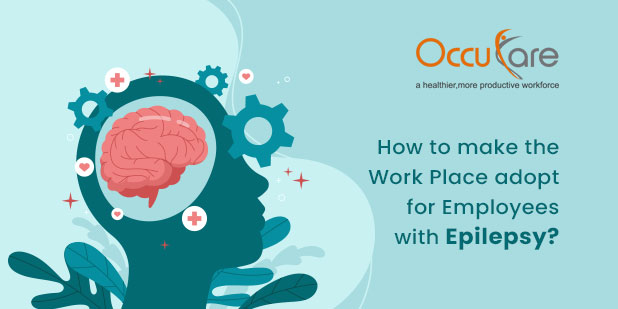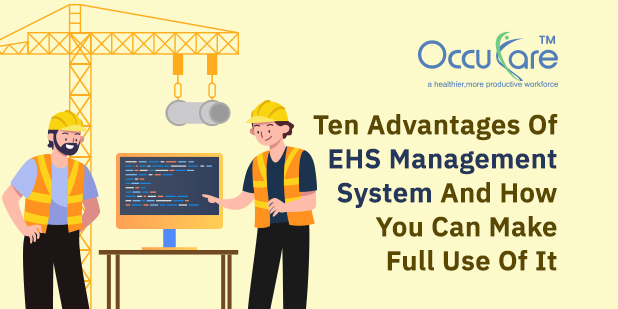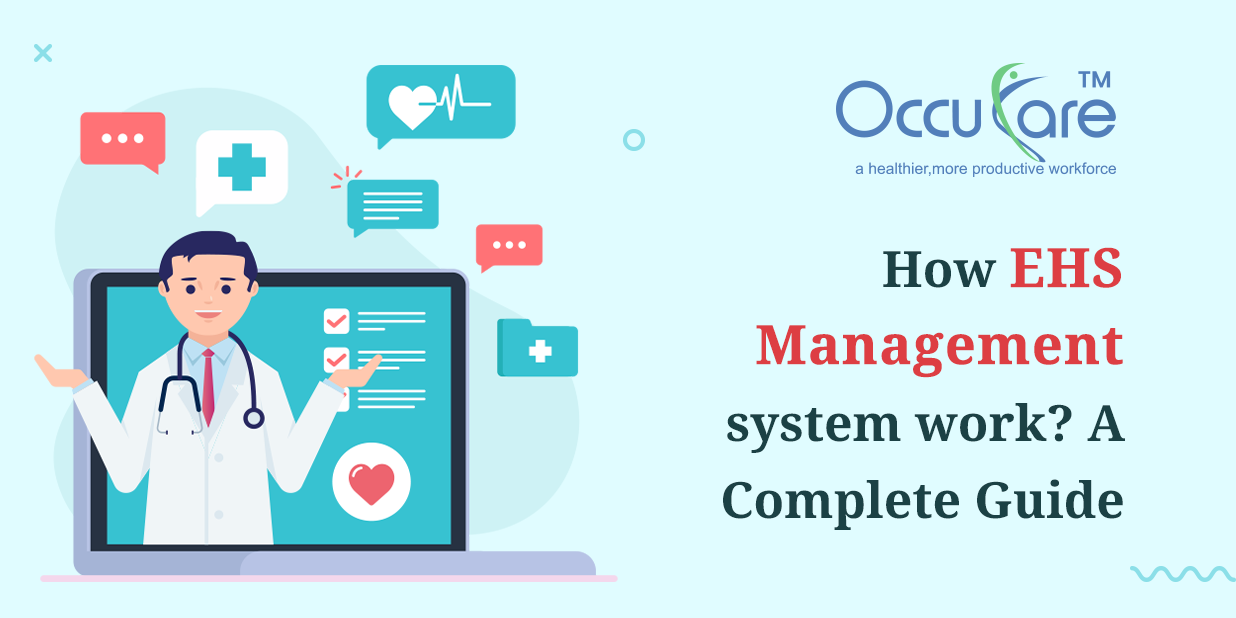What is Epilepsy?
Epilepsy is a condition in which a person has a tendency to suffer epileptic seizures. Epilepsy is not often a chronic condition, and doctors may conclude that somebody no longer has epilepsy after a period of time without episodes.
What is a seizure?
Our brains are constantly buzzing with electrical activity. A seizure occurs when the brain experiences an extreme burst of electrical activity. Epileptic activity is a common term for this. Because epilepsy disrupts the regular functioning of the brain, the brain’s communications get jumbled. All of the body’s functions are coordinated by the brain. What happens during a seizure is determined by where the epileptic activity starts in the brain, as well as how far and fast it spreads. As a result, there are many distinct forms of seizures, and each person’s epilepsy will manifest itself in a different way.
Seizures and types of lodgings:
Some organizational adjustments are simple to implement. As an example,
– An auditor who suffers from complex partial seizures that result in falls was advised to work in a place with carpets to cushion the fall in the event of a seizure.
– An engineer who suffers from unusual complex partial seizures that induce roaming asked for a room away from the stairwell. Some jobs that are dangerous for persons who have seizures can be deemed safe by using protection systems or other modifications.
– Mahesh, who had been working as a pool cleaning for years and loved it, had suddenly started having stimulant seizures. He probably wore a lifejacket after the seizures begin to prevent dying if a seizure occurred when he was near the pool.
– Shanti has also always chosen to work at a deli counter after suffering from complex partial seizures as a result of a car accident. She talked with her colleagues to avoid using the meat slicer, and when creating sandwiches, she wore plastic gloves to protect her hands from cuts.
– People working at heights should wear helmets and waist straps, and people who operate around machines should utilize automatic shut-off systems or safety guards.
Epilepsy at Work Space
Risk evaluation for health and safety
An organization must do an employee health and safety risk assessment if a worker has epilepsy to ensure that they can safely perform their tasks.
Some of the questions that may arise during a risk assessment for health and safety include:
• While you have a seizure, what occurs to you?
• Are your seizures under control?
• How frequently do you experience seizures?
• Do they occur at a specific time of day?
• Do you have them when you’re awake, when you’re sleeping, or when you’re both?
• Do you ever get a heads-up before a seizure?
• What is the duration of your seizures?
• After that, how do you feel?
• How long does it take you to get back on your feet?
• Do you require any special care or first aid during or after a seizure?
Reasonable alterations:
Once the answers to these questions are known, an organization may need to make “specific changes” to allow the participants with epilepsy to begin or continue working in their current position, or to participate in training or a work placement. The Equality Act (England, Scotland, and Wales) and the Disability Discrimination Act (England, Scotland, and Wales) both mandate this (Northern Ireland). Access to Work may be able to provide financial assistance to fund appropriate changes.
There is no necessities to make any required adjustments:
Some people with epilepsy will not require any workplace modifications. This could include those who have never had a seizure before or who would not be harmed if they had one at work.
Making Workplaces Epilepsy-Free
Many businesses feel they are not required to make any changes unless a worker discloses that they have epilepsy and asks for a change. However, before someone seeks it, an employer can undertake a number of changes to make the workplace more epilepsy-friendly. Check out the best health and safety management software that can manage all these things easily.
The following are some of the benefits of doing so:
• A company that is epilepsy-friendly is one that values diversity and, as a result, is a better place to work for everyone.
• The issue is treated as a collectively instead of an individual one, and worker’s unions are all about collective action.
• Individuals will be more likely to ask for and get modifications if they are specified in a corporate policy or agreement.
There may not even be a recognized person with epilepsy in the place of work, the federation may ask the manager for the following:
- A place to rest and relax, such as a quiet room;
- all changes to working practices to be negotiated with the confederation, and appropriately giving notice before they are implemented;
- all lights, fans, and machinery that flashes or flickers to be maintained and monitored, and attended to instantly if they malfunction, to ensure they do not flash or flicker; and
- The company’s welfare, occupational health service, and first responders must be prepared to help.
- Epilepsy awareness training for workers and managers.
- A variety of tools to aid personal job organisation, such as visual timetables and organiser applications – all instructions and policies must be documented and presented clearly and precisely.
Safety Recommendations:
– Rather than taking the stairs, take the lift.
– Always travel to elevations that will not injure you if you have a seizure.
– Work with your organization to build a seizure first aid strategy that includes all necessary co-workers. Make sure you have a plan in place for when you’ll need to ask for help in an emergency. Also, read to know about Health and safety management software.
Work colleagues and companies must be flexible to the safety improvements required to create a safe and secure work environment for people with uncontrolled seizures. Companies and colleagues who are epilepsy-friendly do exist. If problems occur at work, the Individuals with Disabilities Education act, whose protects individuals with disabilities from discrimination in the workplace, may be of assistance.










































































